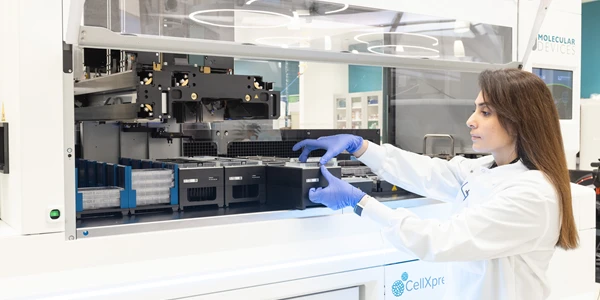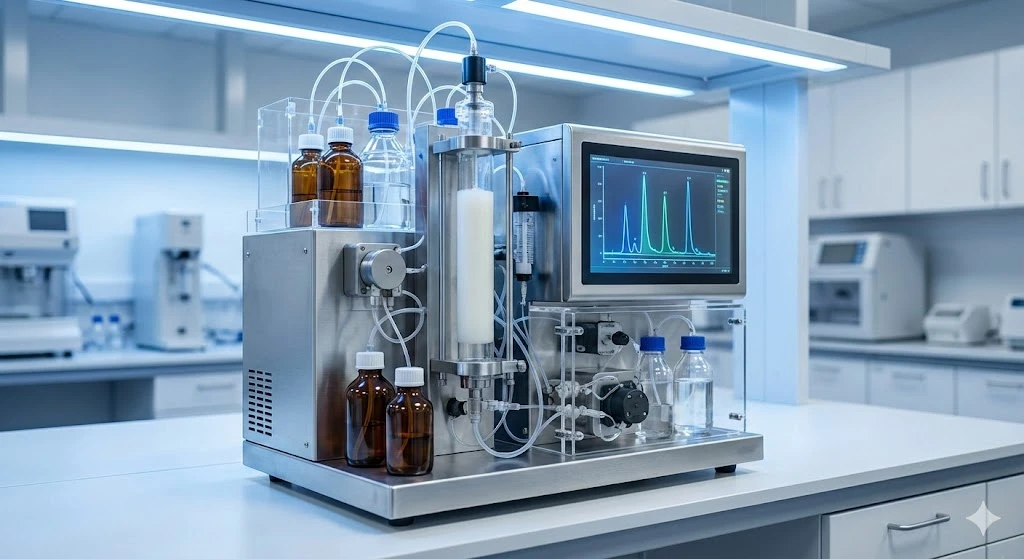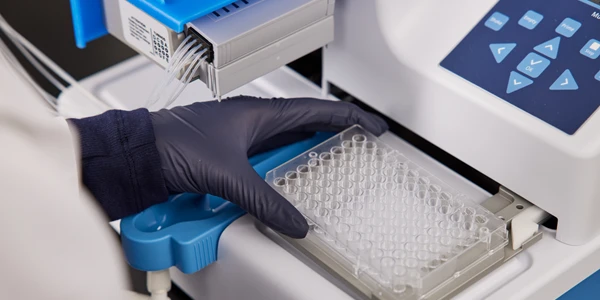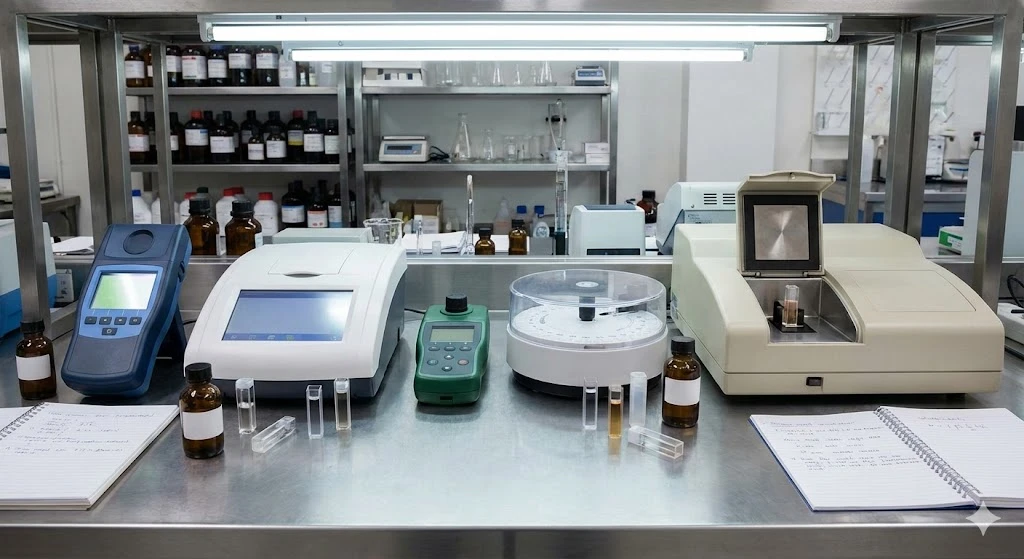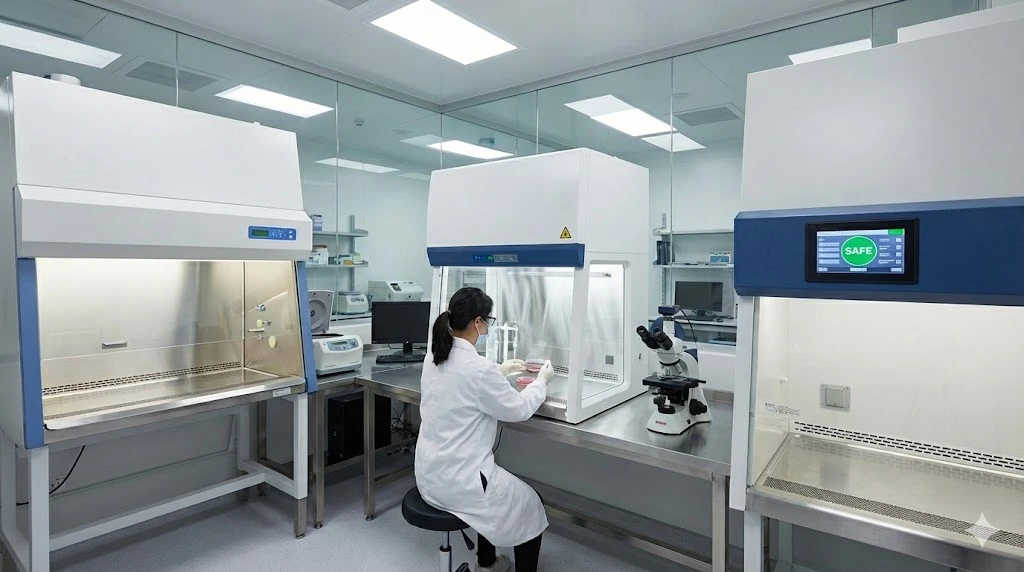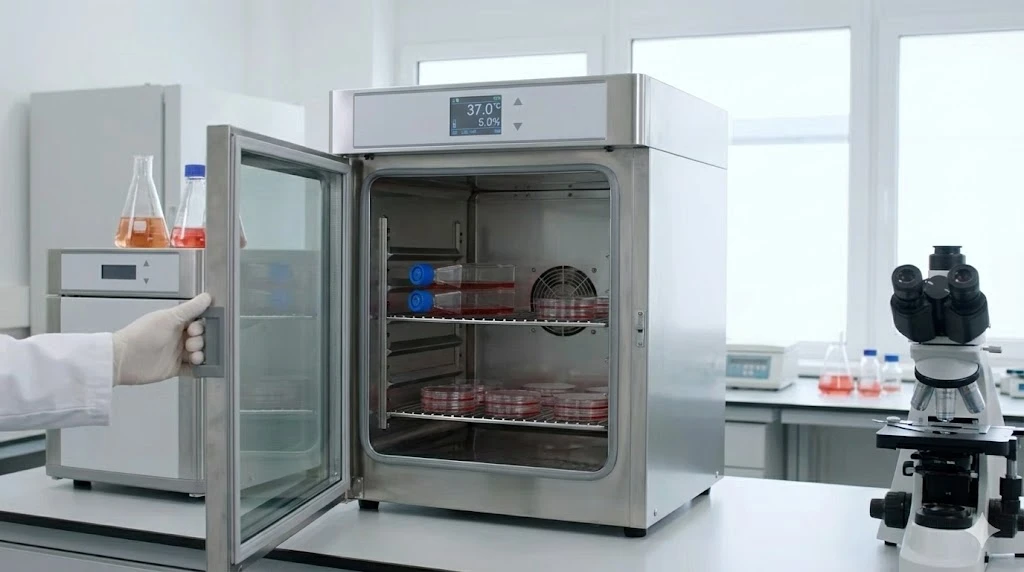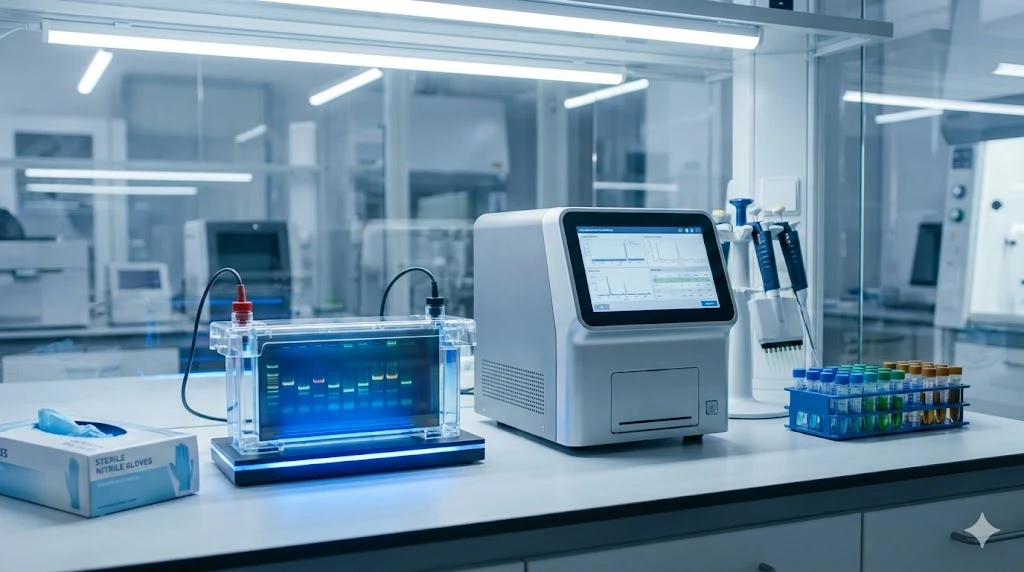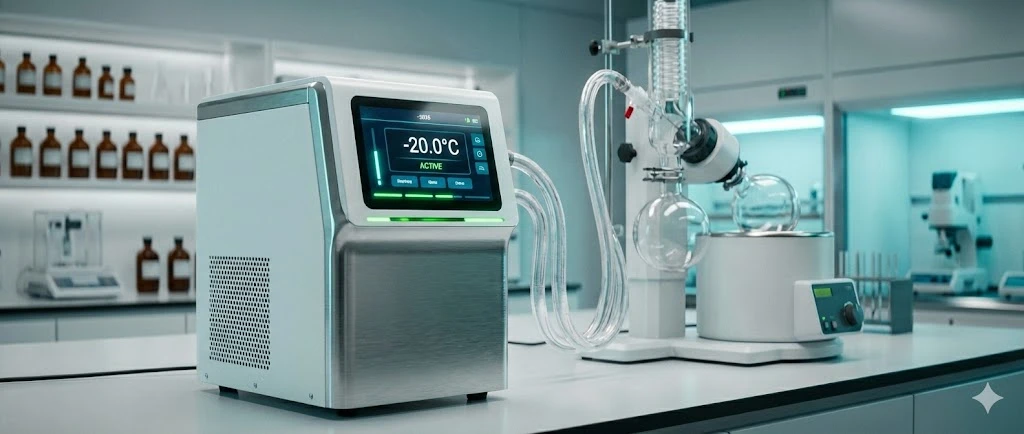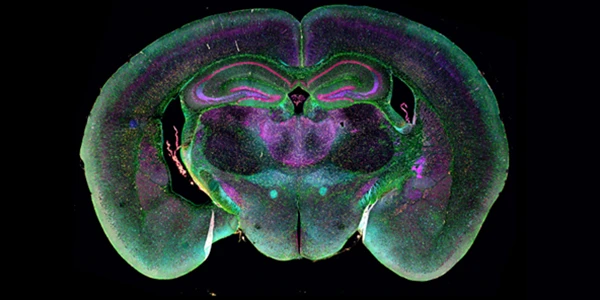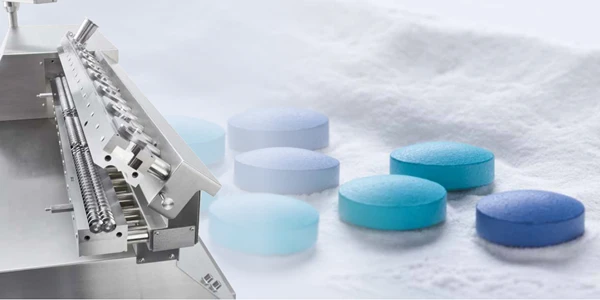Purity and Precision: Driving Battery Performance with Mass Spectrometry
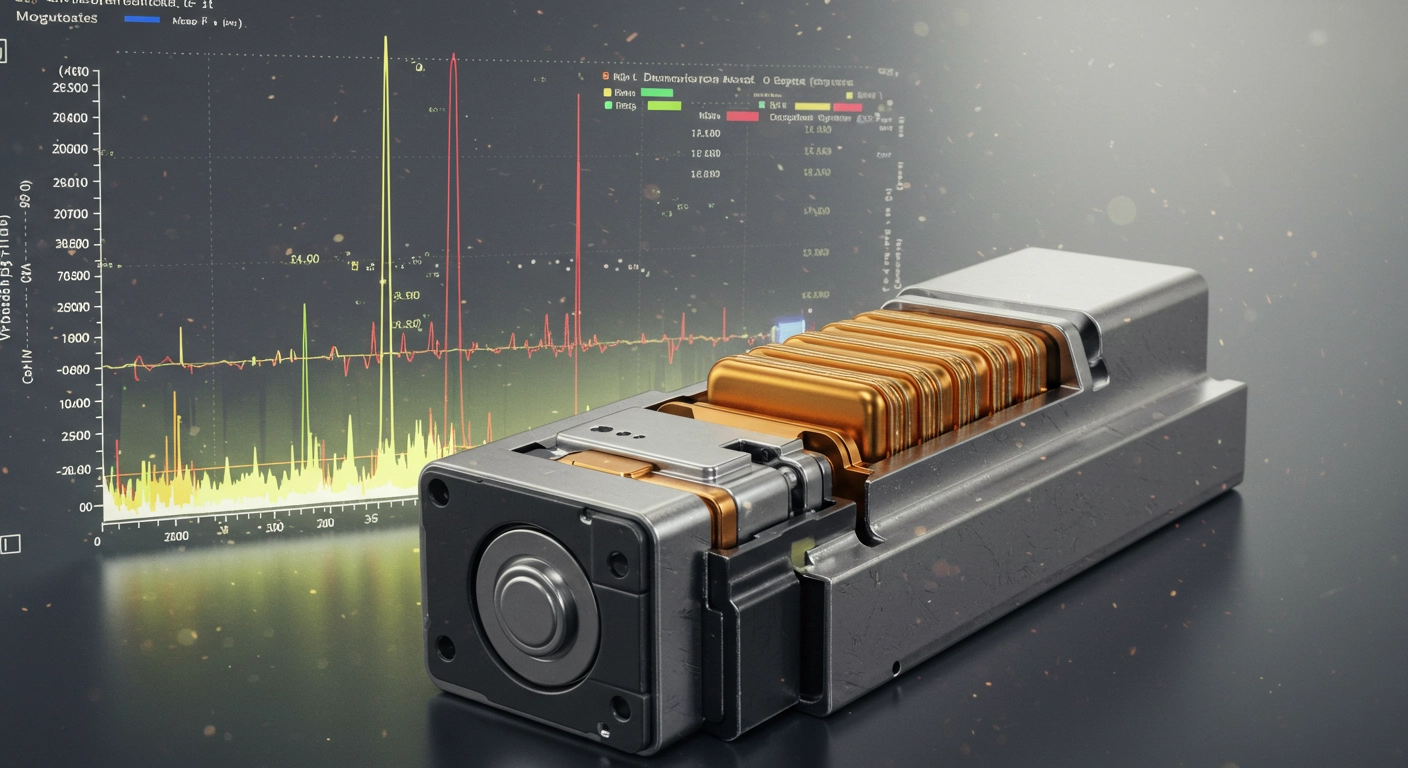
The global shift towards electrification, from electric vehicles to grid-scale energy storage, hinges on a critical component: the battery. As demand soars, so too does the pressure to enhance battery performance, longevity, and safety. A fundamental challenge in this pursuit lies not just in innovative cell chemistry but in the meticulous control of material purity throughout the manufacturing process. Contaminants, even at trace levels, can have a catastrophic impact on a battery's electrochemical properties, leading to premature degradation, reduced capacity, and even thermal runaway.
Enter Mass spectrometry (MS), a powerful analytical technique that has become indispensable in the battery manufacturing landscape. While often associated with the life sciences, mass spectrometry's unparalleled sensitivity and specificity make it the ideal tool for contaminant identification and material characterization in this high-stakes industry.
The Problem with Impurities in Battery Materials
A battery is a delicate ecosystem of materials: the anode, cathode, electrolyte, and separator. Each component must be synthesized and processed with extreme purity. Consider the following scenarios:
Electrolyte Impurities: The electrolyte, typically a lithium salt dissolved in an organic solvent, is the medium for ion transport. Trace water, metal ions, or other organic impurities can react with the active electrode materials, leading to the formation of a thick, resistive Solid Electrolyte Interphase (SEI) layer. This reduces the battery's efficiency and shortens its lifespan.
Cathode and Anode Contamination: Transition metal cathodes, such as NMC (Nickel Manganese Cobalt) and NCA (Nickel Cobalt Aluminum), are particularly sensitive to impurities. Contaminants like sodium or iron can disrupt the crystal structure, impairing lithium ion intercalation and de-intercalation. Similarly, trace metals in graphite anodes can act as unwanted catalysts for side reactions.
Manufacturing Contaminants: The manufacturing environment itself can introduce contaminants. Airborne particles, residual cleaning solvents, and even wear-and-tear from processing equipment can end up in the final product.
The challenge is that many of these contaminants are present at parts-per-billion (ppb) or even parts-per-trillion (ppt) levels, making them virtually undetectable by traditional analytical methods.
Mass Spectrometry: The Ultimate Contaminant Sleuth
Mass spectrometry provides a solution to this challenge by offering ultra-high sensitivity and the ability to identify the molecular or atomic composition of a sample. The general principle involves ionizing a sample and then separating the resulting ions based on their mass-to-charge ratio (
In battery manufacturing, mass spectrometry is applied across various stages, from raw material inspection to in-line process monitoring and post-mortem analysis. Key applications include:
Raw Material Purity Analysis:
ICP-MS (Inductively Coupled Plasma Mass Spectrometry): This technique is the gold standard for trace metal analysis in battery materials. The sample is introduced into a high-temperature plasma, which atomizes and ionizes the elements. The ions are then separated and quantified by the mass spectrometer. ICP-MS is crucial for verifying the purity of precursor materials for cathodes and anodes, ensuring that unwanted elements like iron, copper, or sodium are below specified thresholds.
GC-MS (Gas Chromatography-Mass Spectrometry): This hyphenated technique is used for organic impurity analysis. It separates volatile and semi-volatile compounds in the electrolyte and other materials before they are introduced into the mass spectrometer for identification. GC-MS can detect trace solvents, water, or other organic degradation products that compromise battery performance.
Process Monitoring and Quality Control:
RGA (Residual Gas Analysis): During the cell assembly process, especially during the electrolyte filling and sealing steps, it is critical to ensure that the internal atmosphere is free of unwanted gases. Residual Gas Analyzers, which are essentially small mass spectrometers, can monitor the gas composition within the battery to detect trace oxygen, moisture, or other contaminants that could lead to side reactions and cell gassing.
Continuous Online Monitoring: Advanced mass spectrometry systems can be integrated directly into the manufacturing line to provide real-time feedback on material purity, allowing for immediate corrective action and preventing large batches of contaminated products.
Failure Analysis and Root Cause Identification:
When a battery fails, a thorough root cause analysis is essential. Mass spectrometry is an invaluable tool for this purpose. Post-mortem analysis of a degraded cell using techniques like Desorption Electrospray Ionization Mass Spectrometry (DESI-MS) can reveal the chemical nature of the degradation products on the electrode surfaces or within the separator, helping engineers understand the failure mechanism. For example, the presence of specific organic degradation products can point to a contaminated electrolyte or an unstable SEI layer.
The Future of Mass Spectrometry in Battery Manufacturing
As battery technology evolves, so too will the requirements for analytical precision. The development of next-generation batteries, such as solid-state and lithium-sulfur, will introduce new material challenges and require even more sophisticated analytical techniques.
Mass spectrometry is at the forefront of this evolution, with ongoing innovations in:
Higher Resolution and Sensitivity: New instruments are being developed that can detect even lower levels of contaminants, pushing the boundaries of detection limits.
Imaging Mass Spectrometry: Techniques like MALDI Imaging (Matrix-Assisted Laser Desorption/Ionization) and TOF-SIMS (Time-of-Flight Secondary Ion Mass Spectrometry) can provide spatial information about the distribution of contaminants and degradation products on the electrode surfaces, offering a visual map of where problems are occurring.
Coupling with AI and Machine Learning: The massive datasets generated by mass spectrometers can be analyzed using advanced algorithms to predict potential failure modes and optimize manufacturing parameters, creating a feedback loop for continuous improvement.
In conclusion, the relentless pursuit of better batteries is fundamentally a quest for purity. Mass spectrometry, with its unmatched sensitivity and versatility, has emerged as a cornerstone technology in this endeavor. By providing unparalleled insight into battery purity, contaminant identification, and material integrity, mass spectrometry is not just an analytical tool—it is a critical enabler of the high-performance, reliable, and safe energy storage systems of the future.
